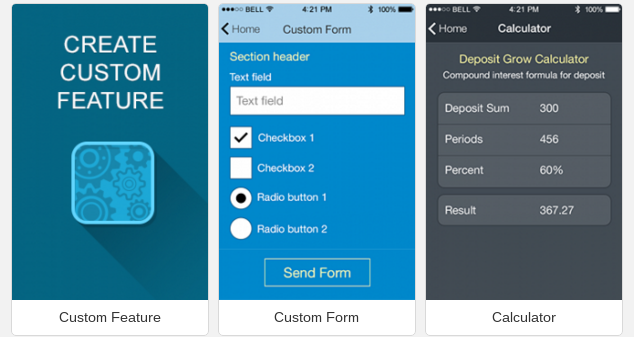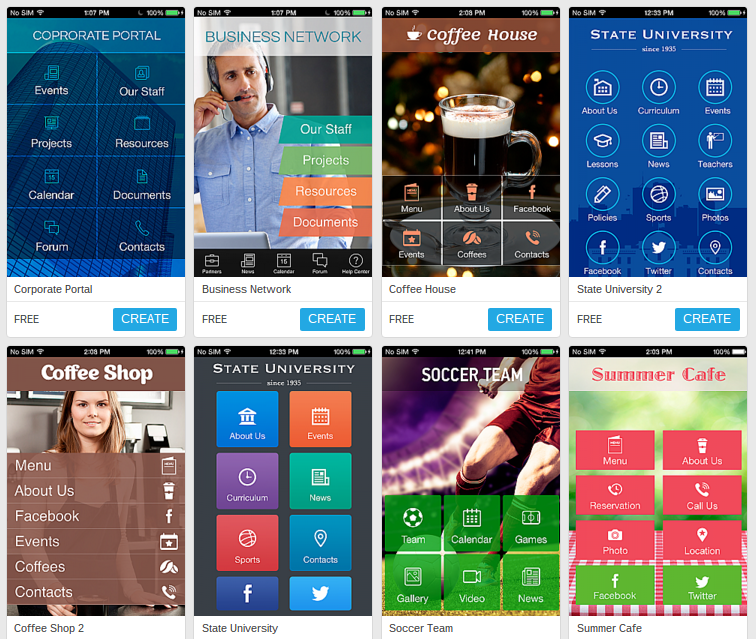What are some of the hardest parts of running a mobile app?
Do you find it difficult to convince people to buy products on a mobile device? Are customers more likely to look at mobile responsive interfaces as opposed to apps? Do you find it troubling to locate the most relevant mobile app audience?
It may seem like the best Mobile App Audience is the audience that’s already paying you for your services, but you don’t want to alienate, or disrupt, customers that don’t want your app in the first place. After all, you could technically tick off a VIP customer who’s spent lots of money at your brick and mortar store in the past.
So, the goal is to use your app to connect with people who will actually use it, instead of turning off loyal customers who get annoyed by it.
That’s all fine and dandy, but how do you go about identifying which people are most relevant when it comes to your mobile app?
Look at Your Mobile App Audience and Run Some Tests
Your best bet is to always start with the people you currently call customers. Start collecting information on them to create a customer profile to use for reaching out to potential customers.
Gather details such as age, occupation, location and gender. Go a little deeper to find out which social media channels they’re using and how much they use your mobile app (and what for.)
Google Analytics is a fine tool for understanding what your customers are like through your website. This is a good place to start, considering it gives you a solid sample size of who may be interested in looking into your mobile app. You can also find some handy stats from your email marketing campaigns if this is part of your strategy.
In terms of gaining direct feedback from mobile app users, check out your mobile app downloads and mobile site visits for a brief take on the overall health of your app.

Then, generate a feedback form, and even send out a push notification that prompts people to take the survey for an incentive.

The follow up is the most important part of this process, so it’s wise to use outlets like social media, email marketing and push notifications to connect with the people who are most loyal to your app. Make a database with their contact information and notify them with special deals or insider news. This is all part of spawning brand ambassadors who are going to speak kindly of your company.
Analyze Your Product or Service
After seeing what your customers are like, make a list of the benefits your products or services provide to your primary customers. For example, if you’re a lawyer who provides personal injury services, your service is necessary right after, say, a car accident. This generates a huge demand for your mobile app, since it’s right on your clients’ phones when something like this happens.
Locate the Ideal Mobile App Audience for You
Now that you’ve refined what your base audience is like, it’s time to figure out where they hang out, and how they want to be contacted. Check out this Pew Research articles about which social media networks to focus on.

Continue by developing content that can be shared on your website, mobile app, social media accounts and more. It’s worthwhile to subscribe to blogs in the industry or even make your own content that’s relevant to your customer base.
Spy on the Competition
Are you still looking for great content to share with your mobile app audience? Why not check out what your competition is up to? Look at social media accounts, download their apps and view their blogs to understand what is working and what’s not.
Design a Mobile App for Your Target Market
Your relevant mobile app audience won’t want to listen to you unless you’re speaking their language, so start completing some keyword searches to see how most people search for particular pieces of content. Although SEO doesn’t matter as much with mobile apps, going to keyword research websites, forums and blogs can give you a wonderful idea as to what people are interested in.

After that, make sure your mobile app looks professional and feels like it fits in with what your customers are looking for. The iBuildApp template library has beautiful templates to get you started. For example, if you’re a lawyer, you can choose several templates with law images and icons, along with pages built just for bringing in new clients.
Over to You…
Now that you’ve found your most relevant mobile app audience, drop a line in the comments section below to share what your mobile app is all about and how you plan on identifying what your audience is looking for.
